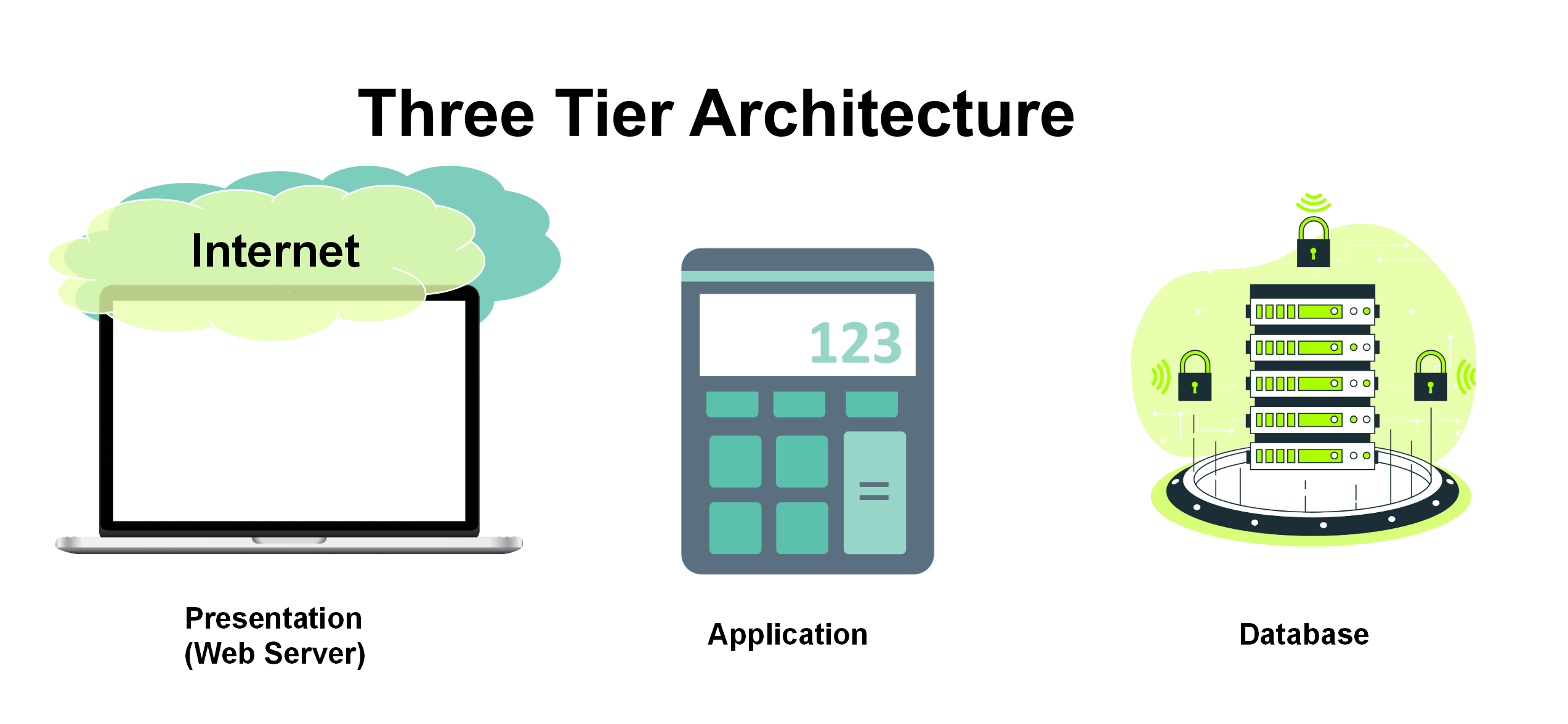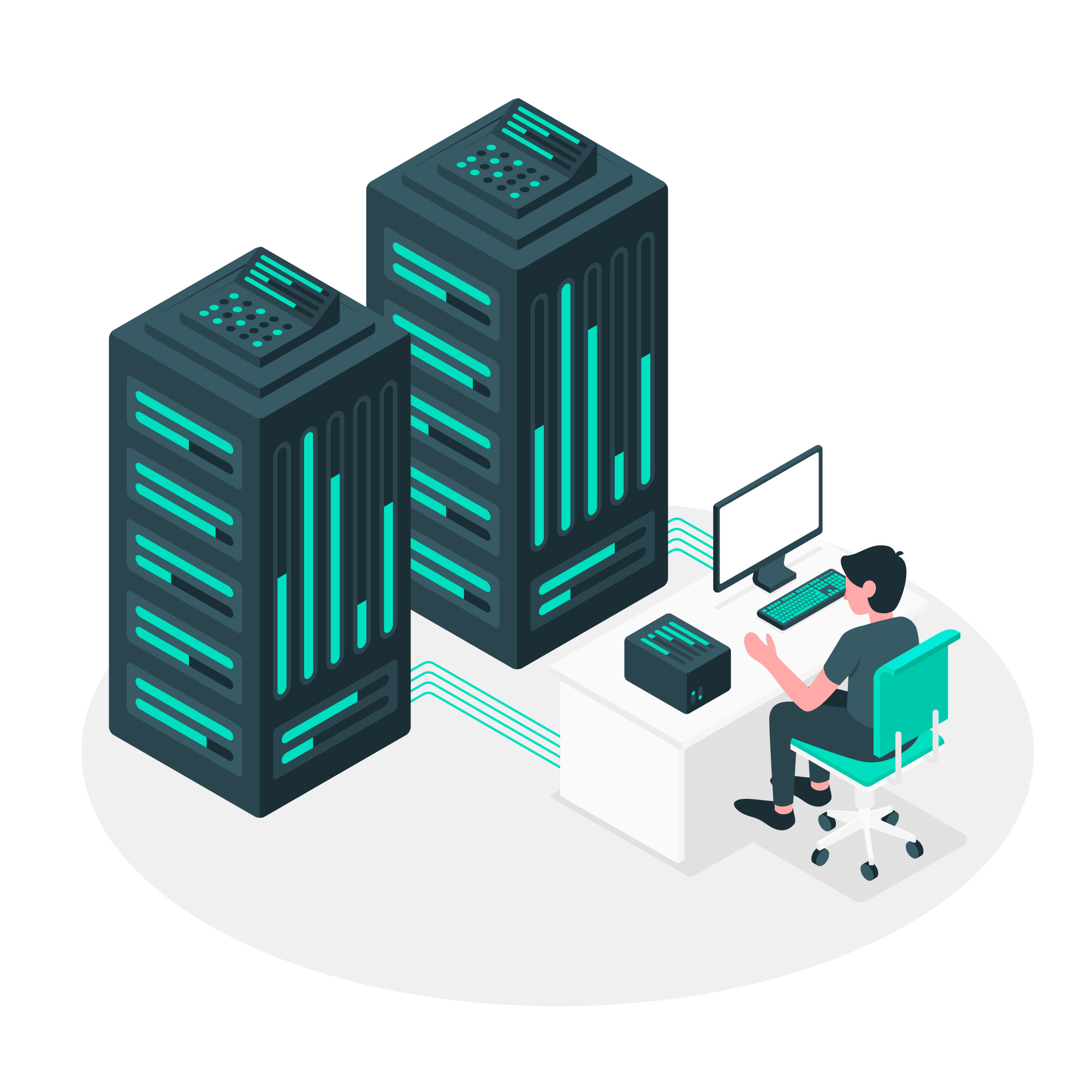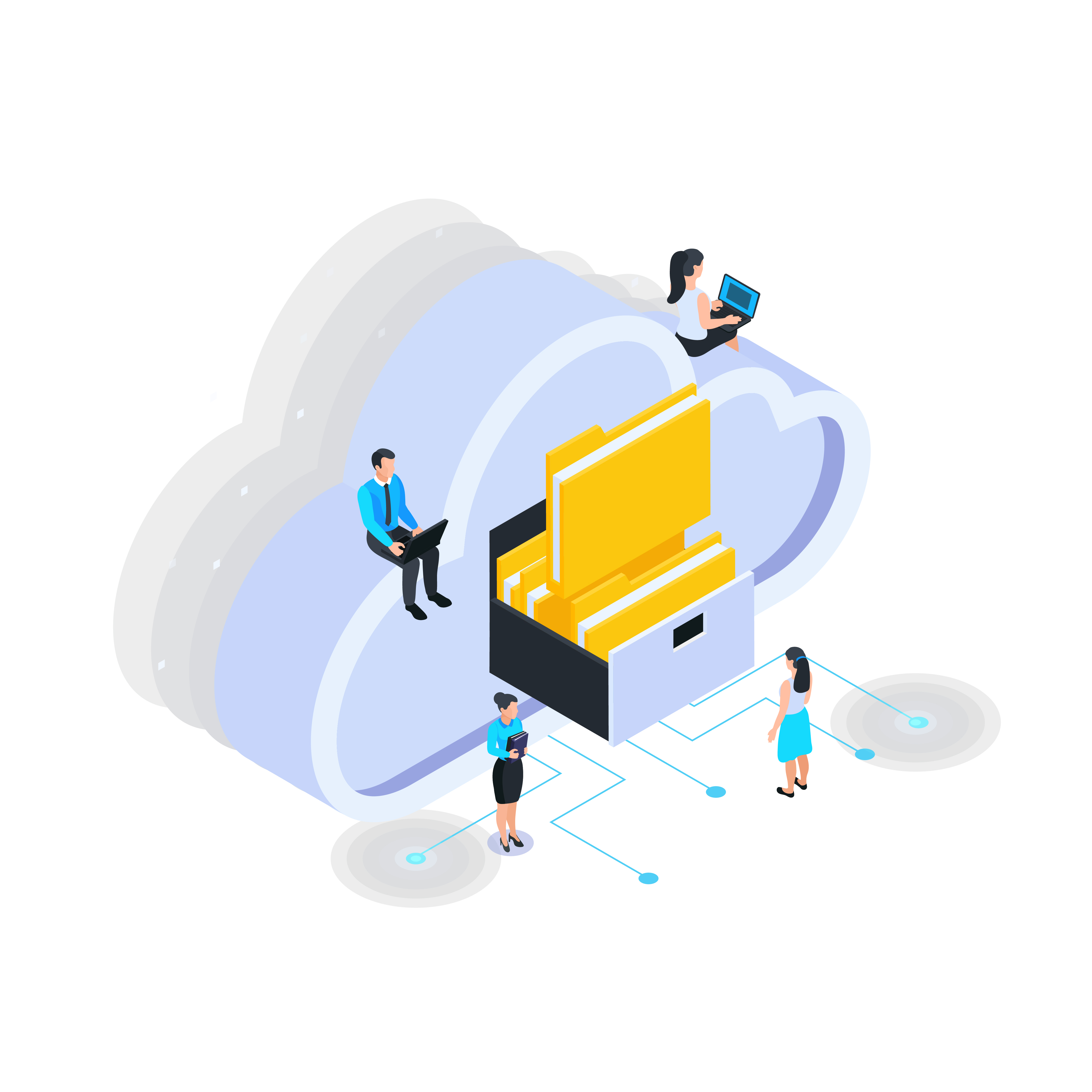About C/S Architecture, B/S Architecture and Cloud Computing Architecture
In the realm of information technology, architecture plays a pivotal role in determining the structure, efficiency, and scalability of software applications. Three prominent architectural paradigms that have shaped the digital landscape are Client/Server (C/S) Architecture, Browser/Server (B/S) Architecture, and Cloud Computing Architecture. Let's delve into each and understand their unique characteristics.
20240110
Noohle Team
1. C/S Architecture: The Foundation of Interaction
Overview
C/S Architecture, short for Client/Server Architecture, is a time-tested model where the application is split into two distinct components – the client, responsible for user interface and interaction, and the server, managing data storage and processing. Communication between the client and server occurs over a network.
Key Characteristics
- Centralized Control: The server governs data storage and processing, ensuring centralized control.
- Efficient Data Processing: Resource-intensive tasks are offloaded to the server, enhancing efficiency.
- Scalability Challenges: Scaling may require upgrading server hardware, posing potential scalability challenges.
Overview:
Browser/Server Architecture, commonly known as the web-based model, shifted the processing load from the client to the server. The client, typically a web browser, handles the user interface, while the server manages data storage and application logic.
Key Characteristics:
- Cross-Platform Accessibility: Applications are accessed through web browsers, facilitating cross-platform compatibility.
- Reduced Client Complexity: Clients are lightweight, as most processing is done on the server.
- Continuous Evolution: Evolved into Single Page Applications (SPA) for seamless user experiences.
3. Cloud Computing Architecture: The Paradigm Shift
Overview:
Cloud Computing Architecture represents a paradigm shift in how resources are managed and accessed. It goes beyond the traditional client-server model by leveraging the power of the cloud to deliver services, storage, and processing capabilities on-demand.
Key Characteristics:
- On-Demand Services:** Resources like computing power and storage are provisioned and accessed on-demand.
- Scalability: Easily scalable, allowing applications to adapt to changing workloads.
- Cost-Efficiency: Pay-as-you-go models enhance cost-efficiency, eliminating the need for significant upfront investments.
Factors Influencing Choice:
1. Nature of Application: Complex applications may benefit from the efficiency of C/S or the accessibility of B/S.
2. Scalability Requirements: Cloud Computing excels in dynamic scaling scenarios.
3. Cost Considerations: Cloud Computing's pay-as-you-go model can be economical.
Hybrid Approaches:
In many cases, a hybrid approach combining aspects of C/S, B/S, and Cloud Computing is adopted for optimal performance and flexibility.
Conclusion:
Understanding the nuances of C/S, B/S, and Cloud Computing Architectures empowers businesses and developers to make informed choices based on the specific needs of their applications. Each architecture brings unique advantages, and the ideal solution often lies in a thoughtful blend that aligns with the goals and requirements of the digital landscape.




